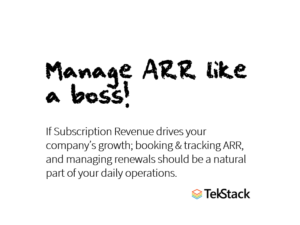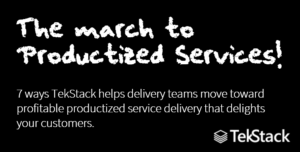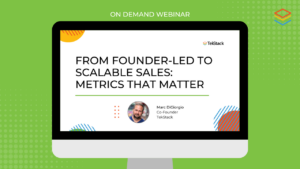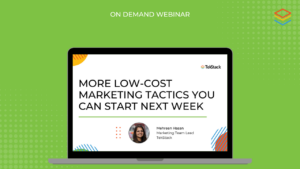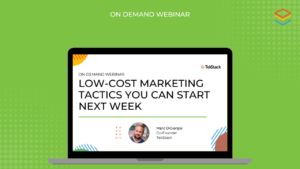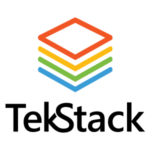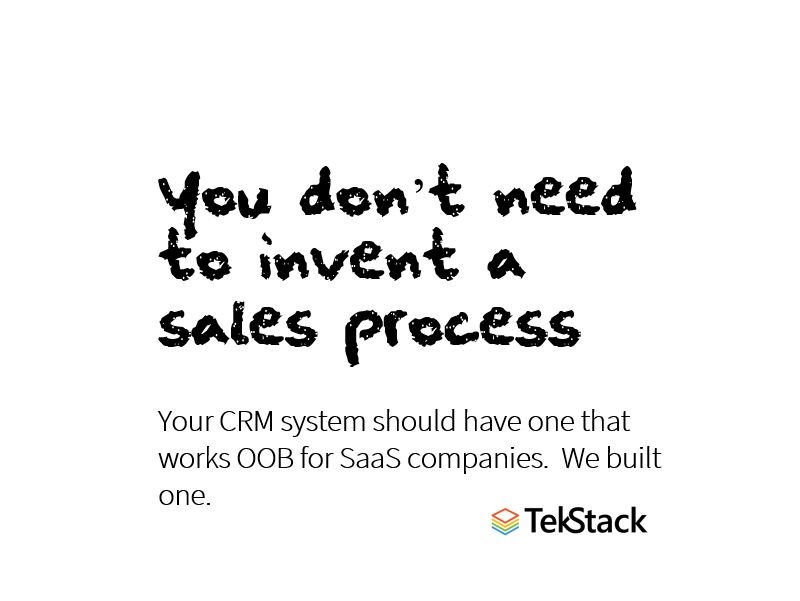
Either result is not ideal. This is in part why we created TekStack. Our belief is that B2B Enterprise sales cycles are unique from other industries. SaaS companies are offering a conceptual product, the sales cycles are long, and involve multiple stakeholders. The sales process needs to delicately balance your qualification process with what the buyer wants to achieve. These are not always aligned. The good news is of course that many experts have figured out processes to manage this. The bad news is that getting those processes into your CRM tool is no small lift.
We’ve seen it all too often, SaaS companies go out and invest in a CRM system, expecting it to work out of the box for the business. But the reality is it doesn’t. So what do you do? Hire an implementation consulting firm to customize the objects, processes, forms, views, and reports for you, at a significant cost of course. Or, you just make do with what you have and hope for the best.
Marketing Automation
This is an area where many software companies make an early technology stack investment, and we typically see a high level of maturity relative to other technology stack areas in the business. Your marketing automation tool will manage web integration, email campaigns, social campaigns, and more. This is designed to feed the top of the funnel using an inbound lead strategy. Even with a marketing automation capability, there is a strong tie to downstream CRM systems. Records, lists, and buyer sentiment activities move back and forth, lead scoring needs to influence lead flows. We’ve integrated multiple marketing automation tools including Hubspot, Marketo, Click Dimensions, and Act-on. If you don’t have one, no problem, we also have one that is native to TekStack powered by Dynamics 365 for Marketing. However, if you do have one and are happy, we’d never recommend replacing it, only working with it. No one wants to turn off the lead tap! Here is a short flyover of D365 for Marketing.
Inbound marketing engines need lots of fuel in the form of content and paid programs and are not always the right approach on their own. So you need a balance between inbound and outbound programs for top-down funnel building. We’ll discuss some of our outbound sales motions in a future post.
Demand Unit Waterfall
Sirius Decisions has always been a leading voice in the discussion of demand funnel best practices. Nearly everyone reading this will be familiar with terms like MQL, TQL, SQL, SAL, etc, etc, etc. In 2017 they published an update to their thinking with the Demand Unit Waterfall. This takes away the acronym labels applied to these potential buyers (who wants to be called an MQL???), and simplified the stages to Active, Engaged, Prioritized, and Qualified. A much more humanized approach, one that in concert with Lead Scoring, provides a clear snapshot of a buyer’s behavior, quality, and readiness. In TekStack, we’ve created this flow and married it to Lead Score and Lead Grade. We track a Lead’s movement up and down the buyer funnel, time-stamping their steps along the way. Over time this provides a company with a clear picture of the buying process. Especially when cross-referenced to attributes like Industry, Lead Source, Region, etc. Powerful stuff.
I’ve got a hot one!
When you’ve got a lead that is ready to move forward, you can qualify that lead and create an opportunity. Obviously, that process is a simple one, it’s simple with any CRM system, but we’ve built in some important components into our Opportunity Tracking.
Deal Velocity
First, is the concept of Velocity. Not all Opportunities are the same. We all have an instinct for what a good opportunity feels like versus a so-so opportunity. Stats from Gong.io and others suggest that two key metrics will give you a read on an Opportunity’s velocity; 1) How many days did the opportunity stay in an early Discovery stage. Deals that move fast through the first stage tend to close as won more often. 2) How engaged is your buyer? The number of emails your buyer sends to you is also a great indicator. So, we promoted both of those metrics front and center. We also track all stage movements so that over time you see where deals stall so that you can build playbooks to help move them forward.
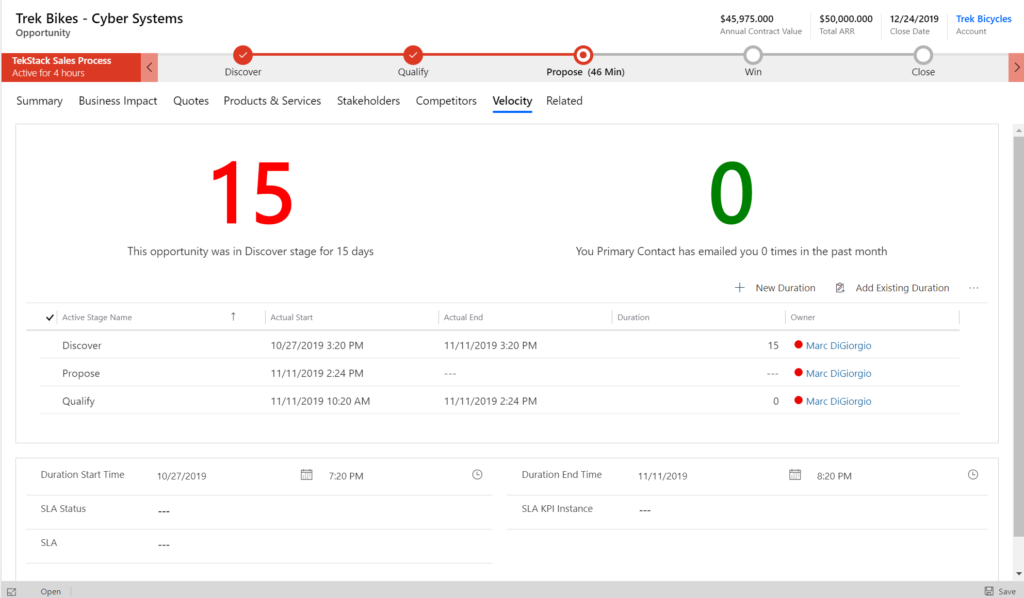
Deal Velocity gives you a quick read on how a deal is moving through the early stages
Quoting & Proposals
We’ve done a lot of cool stuff to the Opportunity Management process including tracking of competitors, stakeholders, and other important information. The best part is we’ve pre-built logic that negates the need for the fancy stuff on certain types of opportunities. For example, lower value opps, or existing customer opps that will quickly become orders.
How many companies are using spreadsheets to quote deals? And where the heck are those source spreadsheets stored? We wanted to provide an out-of-the-box CPQ capability that is available without additional cost. The power is incredible. Consistent quoting, automated proposal generation; most importantly automated orders that drive downstream invoicing and revenue management functions. (more on that topic in the ARR post)
Would love your feedback! Give us a shout.

